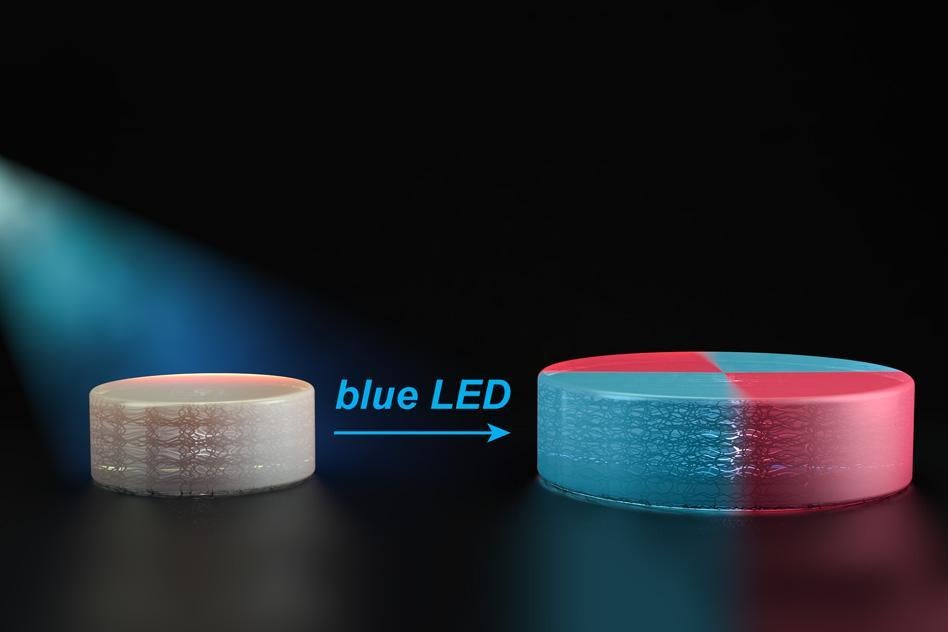New 3D printing technique grows 'living' creations using light
'Living polymerization' lets you change an object’s shape, colour and size, as well as fuse it with other 3D-printed creations

Your support helps us to tell the story
From reproductive rights to climate change to Big Tech, The Independent is on the ground when the story is developing. Whether it's investigating the financials of Elon Musk's pro-Trump PAC or producing our latest documentary, 'The A Word', which shines a light on the American women fighting for reproductive rights, we know how important it is to parse out the facts from the messaging.
At such a critical moment in US history, we need reporters on the ground. Your donation allows us to keep sending journalists to speak to both sides of the story.
The Independent is trusted by Americans across the entire political spectrum. And unlike many other quality news outlets, we choose not to lock Americans out of our reporting and analysis with paywalls. We believe quality journalism should be available to everyone, paid for by those who can afford it.
Your support makes all the difference.A team of researchers has developed a new 3D printing technique, dubbed ‘living polymerization’, that allows you to transform objects with light and heat after they’ve been printed.
According to the MIT scientists behind the breakthrough, living polymerization lets you change a 3D-printed object’s shape, colour and size, as well as fuse it with other objects.
They designed new polymers that can be reactivated by light, each containing chemical groups called TTCs, which “act like a folded up accordion,” as MIT News reports.
Exposure to blue light activates organic catalysts in the polymers, which attach new monomers to the TTCs, stretching them out and altering their mechanical and chemical properties.
“The idea is that you could print a material and subsequently take that material and, using light, morph the material into something else, or grow the material further,” said Jeremiah Johnson, associate professor of chemistry at MIT.
“That’s the breakthrough in this paper: We really have a truly living method where we can take macroscopic materials and grow them in the way we want to.”
Unfortunately, you won’t be able to build your own transforming creations at home yet, but the breakthrough opens up a wave of exciting new research opportunities for the scientists at MIT.
Join our commenting forum
Join thought-provoking conversations, follow other Independent readers and see their replies
Comments